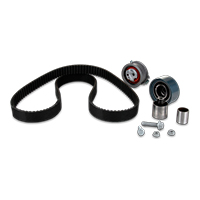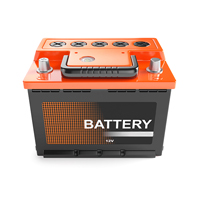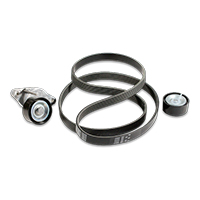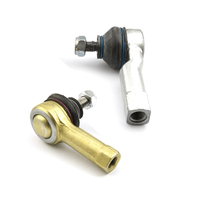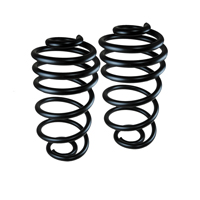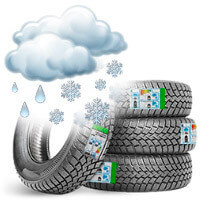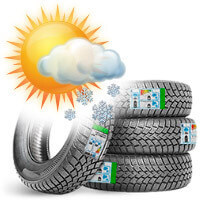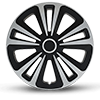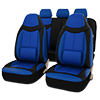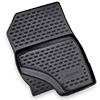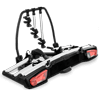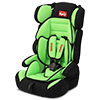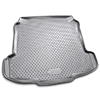
PEUGEOT 307 parts and accessories
-
PEUGEOT 307 Hatchback (3A/C) parts
08/2000 - 12/2012 Car body type: Hatchback
-
PEUGEOT 307 SW (3H) parts
03/2002 - 12/2009 Car body type: Estate
-
PEUGEOT 307 Estate (3E) parts
03/2002 - 12/2009 Car body type: Estate
-
PEUGEOT 307 CC (3B) parts
10/2003 - 06/2009 Car body type: Convertible
-
PEUGEOT 307 Saloon parts
01/2001 - 12/2012 Car body type: Saloon
-
307 SW Box Body / Estate (3E_, 3H_) car parts
04/2002 - 12/2009 Car body type: Box Body / Estate
 Top PEUGEOT 307 models
Top PEUGEOT 307 models  Top models PEUGEOT
Top models PEUGEOT Parts catalogue PEUGEOT 307
-
PEUGEOT 307 winter tyres
-
PEUGEOT 307 all-season tyres
-
Tyres for PEUGEOT 307
-
Engine Oil
Find cheap deals PEUGEOT 307 accessories
- Total number of models produced 6
- Models currently produced Hatchback (3A/C)
- First version of the model 307 (3A/C)
- First version produced in 2000
- Engine installed on the first version 1.4, 1.6 16V, 2.0 16V, 2.0 HDi 110, 2.0 HDi 90
- Total number of engine versions produced 64
- Engines currently produced 1.4 Flex
- Model with the most engine versions Hatchback (3A/C)
- Max. power [kW] 132
- Min. power [kW] 50
- Max. power [hp] 180
- Min. power [hp] 68
- Max. number of cylinders 4
- Min. number of cylinders 4
- Max. cylinder capacity (cc) 1997
- Min. cylinder capacity (cc) 1360
- Max. engine displacement 2.0
- Min. engine displacement 1.4
- Engine displacement 1.4, 1.6, 2.0
- Engine type Diesel, Petrol Engine
- Type of drive Front-Wheel Drive
- Car body type Hatchback, Estate, Convertible, Saloon, Estate Van
- Names of the model in other countries 307
- Most frequently replaced consumables Brake pads, Brake discs, Oil filter, Air filter, Pollen filter, Wiper blades, Shock absorber, Fuel filter, Engine oil, Anti-roll bar link
- Popular tyre sizes 205 55 r16, 195 65 r15, 205 50 r17

PEUGEOT 307 reviews and experiences
7.9/10
- Price
- Build quality
- Exterior design
- Paint coating quality
- Ride height
- Factory installed audio system
- Suspension performance
- Oil consumption
- Gearbox
-
Price
46 3 -
Build quality
8 6 -
Exterior design
169 2 -
Ride height
10 49 -
Paint coating quality
5 1 -
Inside view
76 10 -
Seating comfort
11 7 -
Ergonomics
51 5 -
Steering wheel adjustment
7 1 -
Material quality
54 8 -
Factory installed audio system
17 49 -
Dashboard readability
8 1 -
Trip computer
7 1 -
Cruising range
2 0 -
Luggage capacity
46 2 -
Rear seats comfort
8 1 -
Interior transformations
25 0 -
Climate control system
35 17 -
Front seats comfort
84 6 -
Interior space
136 2 -
Head lights
20 1 -
Sound insulation
55 27 -
Suspension performance
28 89 -
Steering response
122 0 -
Convenient for travelling
18 1 -
Cold start
47 13 -
Fuel economy
60 26 -
Oil consumption
2 3 -
Car performance
127 9 -
Brakes
62 3 -
Steering feedback
38 2 -
Gearbox
35 43 -
Road stability
54 5 -
Maneuverability
14 2 -
Safety system efficiency
10 0 -
Maintenance cost
17 10 -
Services and parts availability
5 0 -
Extra compartments
26 1 -
Bodywork quality
12 0

The Peugeot 307 vehicles were manufactured for the Western European market between 2001 and 2008. The assembly was carried out in France, China and Argentina. In 2002, this vehicle won the European Car of the Year Award established by competent specialised European periodicals.
The History of the Peugeot 307 vehicles
There are just one generation and one facelifted version. Debuted in 2001, the model was only available in three-door and five-door hatchback body styles. However, in 2002, the Peugeot station wagon (the 307 Break) appeared. The same year, its version SW was unveiled which, for some extra money, could be fitted with the third row of seats. Thus, the car could become a seven-seater, and resembled an MPV. However, the manufacturer refused to use that type of body deliberately, preserving all the advantages of a classic station wagon in the SW. An interesting feature of this vehicle was a panoramic sunroof.
In 2003, the 307 CC convertible became available. This vehicle was fitted with a power-operated steel top which could be retracted in just 25 seconds. In 2004, the company produced a saloon intended to be sold in China and Argentina. Such a decision was made due to the fact that consumers in these countries gave their preferences to that body style.
In 2005, the model underwent a facelift. Later, the manufacturer replaced it with the 308 which has been produced since 2007. However, in China and some countries in South America, the assembly of the cars of the previous generation was carried out till 2014.
Features of the Peugeot 307 (generation I, facelift)
The revised model was offered as three-door and five-door hatchbacks, convertible, saloon and station wagon. The updated car gained an impressive radiator grille. There were stylish trim covers in its upper part and round fog lights at the bottom. The brand logo became bigger and received a trapezoidal frame, the number plate moved to the lower part of the front bumper of the 307.
The top trim levels included chrome elements of the car body, 16-inch alloy wheels and a leather steering wheel. The Epok trim level featured such standard equipment as the RD4 sound system, front heated seats, automatic climate control, power windows. Since 2007, the Business Line trim level with the RT4 navigation system became available.
How to buy Peugeot 307 parts online
There is no more need to look for spares on different websites – there is everything you need in Buycarparts.co.uk online shop. In our car parts catalogue for the Peugeot 307, you’ll find spark plugs, brake calipers and many other goods at affordable prices. Moreover, you can purchase many car parts at even cheaper prices during promotions. Become a Buycarparts.co.uk customer and make really good purchases in a couple of clicks.









